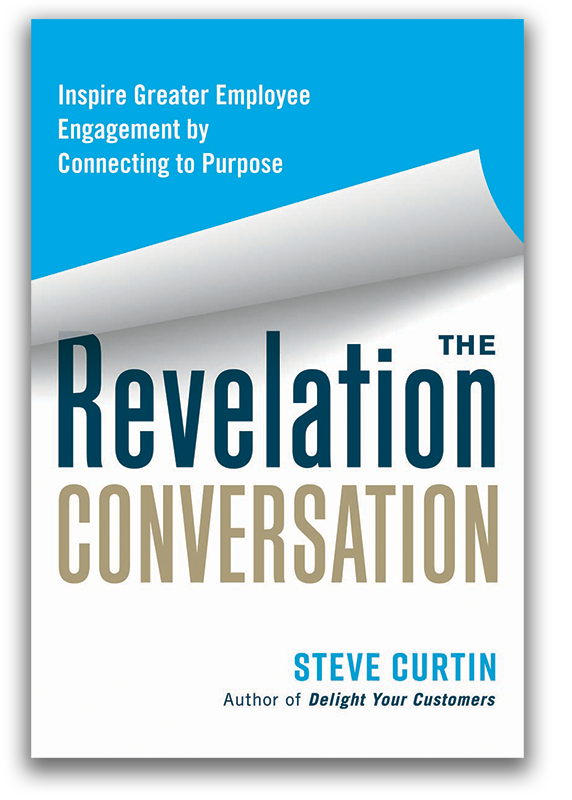 I’ve read that a typical person in the U.S. spends between 45 and 62 minutes per day waiting (e.g., on hold, in line, for the elevator, for the light to turn green, etc.). Wouldn’t it be great if service providers were intentional about reducing wait times?
I’ve read that a typical person in the U.S. spends between 45 and 62 minutes per day waiting (e.g., on hold, in line, for the elevator, for the light to turn green, etc.). Wouldn’t it be great if service providers were intentional about reducing wait times?
I had time to think about this last weekend as my son and I waited in line for the basketball camp registration table to formally open. Although a line of perhaps 30 people had formed between 7:45 and 8:00am, everyone was forced to wait until the magical time of 8:00am when, apparently, the gals behind the registration table were finally able to confirm players’ names, issue uniforms, allocate color-coded wrist bands, etc.
From that point on, the registration process inched along slowly. Since no one had given any thought to the participant flow, the registration table was set up ten feet inside the main entrance. As a result, the line ran out the door and into the parking lot. (Fortunately, it wasn’t raining…)
By the time Cooper and I reached the registration table, the women were already frazzled after the initial wave of camp registrants, with a seemingly endless line continuing out the door. Their welcoming smiles had neutralized, their eye contact had shifted from people to paper, and greetings had been reduced to a lifeless “Name?” and farewells trimmed to a perfunctory “You’re all set… Next in line?”
Lost in the transaction were any attempts to engage my 9-year-old son with questions about basketball (e.g., What’s your favorite team? Who’s your favorite player? Who do you like in the NBA Playoffs? Is this your first camp?). Cynics will say, “Geesh! If they ask all those questions, the line will never move!” In reality, these are closed questions (Yes/No or short answer) designed to welcome camp participants, demonstrate genuine interest in them, and reduce their anxiety—especially if this is their first camp and they’re feeling a little intimidated.
Aside from reconfiguring the participant flow by moving the registration table farther inside the main entrance, the number one thing event organizers could have done to improve the overall registration process for registrants would have been to open early.
Go ahead and publish a registration time of 8:00am but ensure you’re there, set-up, and ready to register participants at 7:30am. Had the basketball camp organizers done so, the initial wave of 30 people could have been registered before the first 8:00am arrival. Instead of standing around waiting (which is expected at these events), they could have been pleasantly surprised.
Besides reducing registrant wait times and urgency throughout the registration process, another benefit of opening early is that margin (or white space) expands. The process is allowed to breathe and now (while smiling, making eye contact, and adding energy to their voices) the women behind the registration table have the time and capacity to ask, “So, Cooper, can you beat your dad one-on-one?”
As he nods ‘yes’ and smiles, we all chuckle. The ice is broken. And now, not only is Cooper registered, he’s also relaxed and ready to play.
Image: Flickr

